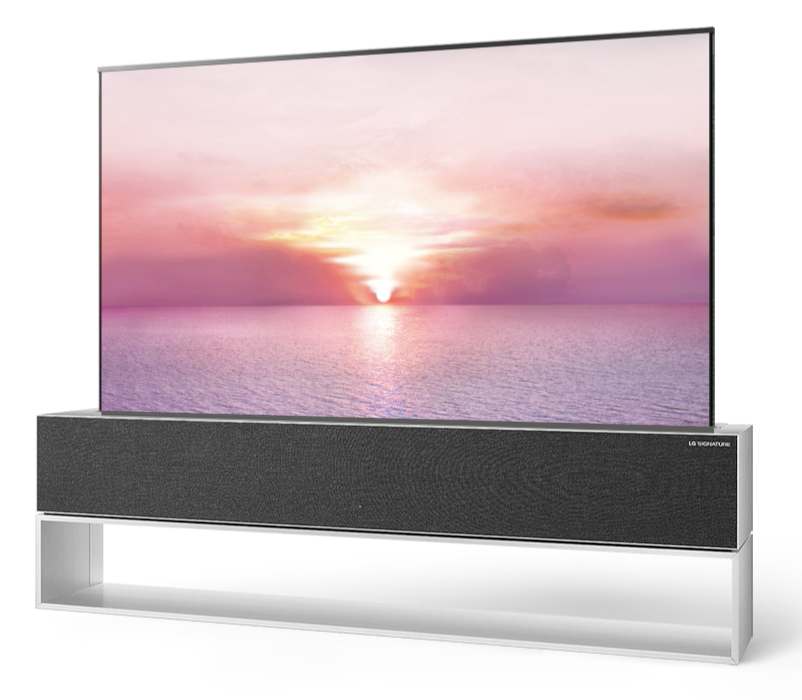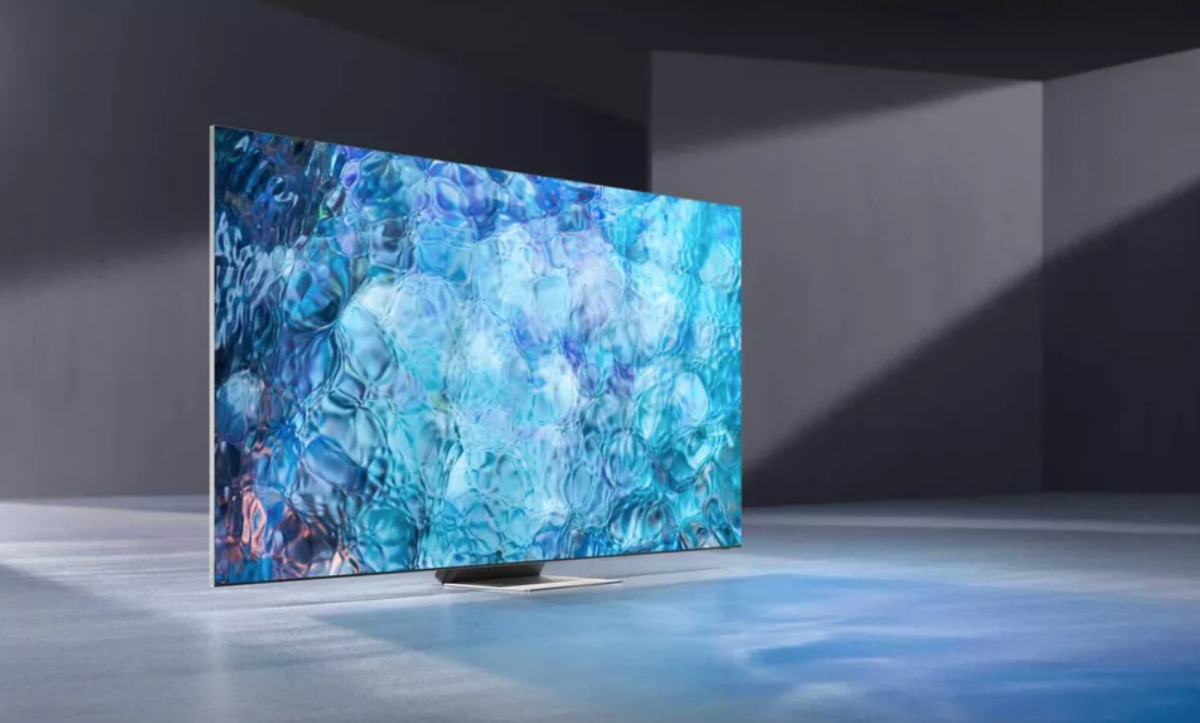New TV Technology: Understanding the Difference Between LED and OLED Displays
All of the latest and greatest TV Technology can be understood through the two main TV panel types: LED and OLED Displays.
OLED
OLED stands for Organic Light Emitting Diode, a title which simply refers to the fact that these displays are made from organic emitter materials.
Unlike, LED TVs which require a backlight to make viable the pixels in their LCD panel, when fed with electricity OLEDs are able to produce both light and colour from a single diode – removing the need for a back light.
These displays have been highly praised for their perfect black and white levels, and superb contrast ratio. OLED screens can also be made extremely thin and flexible, as no backlight is required, giving the TV a light and modern look.
But, despite their excellent colour OLED TVs are still unable to compete with LED/LCD displays when it comes to brightness and therefore require better ambient lighting controls.
In the past, OLED panels for TV were only available for LG displays. However, in recent years brands such as Sony, Panasonic, Philips, HiSense and Toshiba have all adopted LG’s OLED displays into their premium TVs.
QD-OLED
Still in development, QD-OLED technology aims to improve the brightness and colour of OLED TV, while maintaining the perfect black and white levels and contrast of an OLED display through the use of Quantum dots. Unlike colour filters used in standard OLED TVs, Quantum dots don’t block lights of particular wavelengths or colours, and are therefore able to achieve more accurate colour.
LED
LED Televisions are made up of two components: an LCD panel and a backlight.
The LCD panel contains pixels, which are tiny dots that make up the images shown on your screen. Without lighting, pixels cannot be seen, this is why a backlight is necessary.
As the name suggests, a backlight is placed behind the LCD panel. And here’s a fun fact; the term ‘LED’ actually makes reference to how the backlight produces light by using light emitting diodes (LEDs).
When the light from the backlight shines through the LCD pixels, you are able see their colours and therefore an image. Compared to OLED TVs LEDs are not as good when it comes to contrast, as they are unable to achieve a perfect black or white due to the backlighting.
But don’t be fooled, not all LED TVs are the same. Differences in the number and quality of LEDs as well as backlighting cause variation in brightness and black levels.
QD-LED/QLED
While LG have placed their focus on expanding OLED technology, Samsung have directed their attention to developing new LED/LCD TV displays.
So what does the Q mean? It stands for Quantum Dot.
Quantum dots are placed over the pixels as the LCDs are still used as selective micro-shutters for light. Rather than using a conventional ‘white’ LED backlight, Q-LED TVs use an uncoated blue backlight and quantum dots to improve colour intensity, accuracy and brightness.
Generally QLED should use full-array local dimming, however, be aware that some lower cost QLED models may be edge-lit or direct-lit.
MicroLED
Still in the development phase, MicroLED is set to rival OLED , the current champion of highest picture quality, with promises of better brightness and lower instances of burn-ins.
This display type is made up of millions of tiny LEDs which self-illuminate to create an image.
Currently, only wall-size MicroLEDs TVs are commercially available.
However, several brands are trying to adopt MicroLED technology into smaller units, while attempting to overcome the common shortcomings that come with this reduced size, such as high power usage and overheating.






